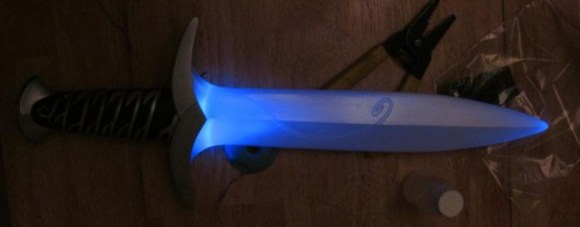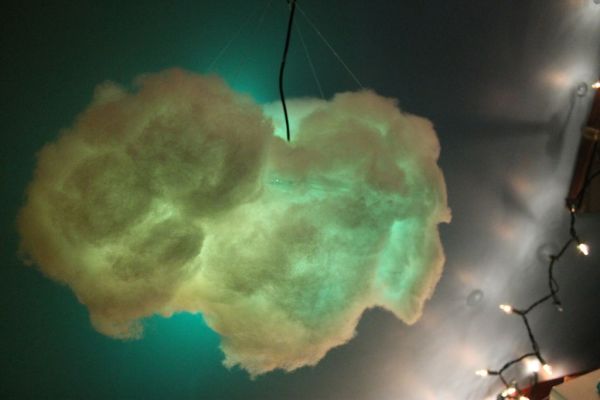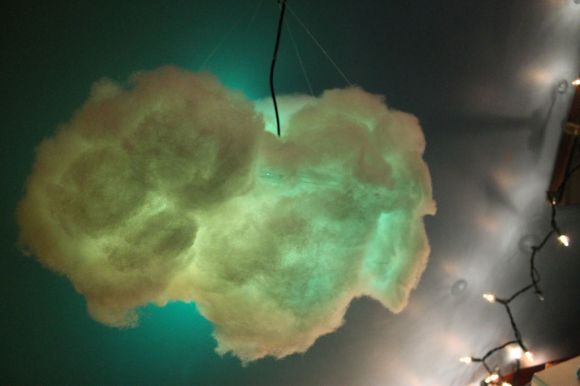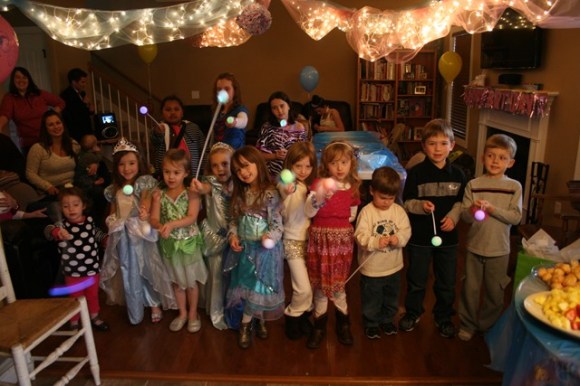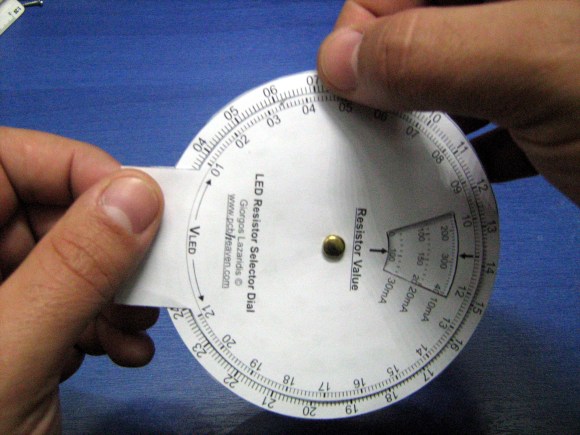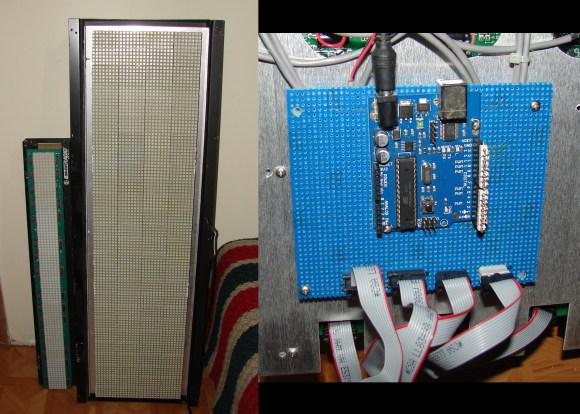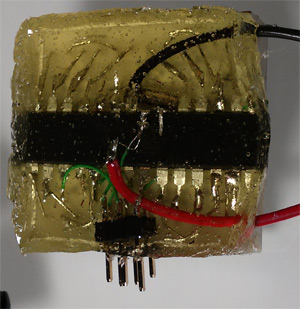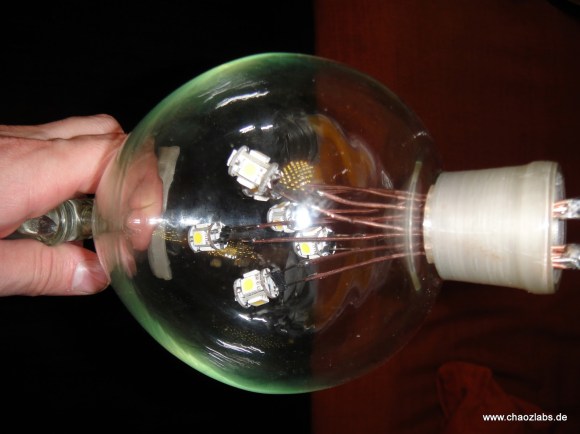
[Andreas Hölldorfer] brings his light fixtures into this century by using a couple of modern technologies. The fixtures combine LED modules, 3D printed pieces, and laboratory glassware to give his room a unique look.
The glass enclosure is something he’s had on hand for quite some time but they never actually got used. There is an opening at one end which is meant to receive a stopper. He modeled one including holes for the wires and printed the piece with a 3D printer. Also fabricated in the same way is a bracket that is used for mounting the fixture to the wall. The blossom of components inside the glass are each made up of five LED modules. There’s no word on what he’s using for a power supply or how he managed the cable runs, but he did post an image of two of the fixtures installed in his living room.

